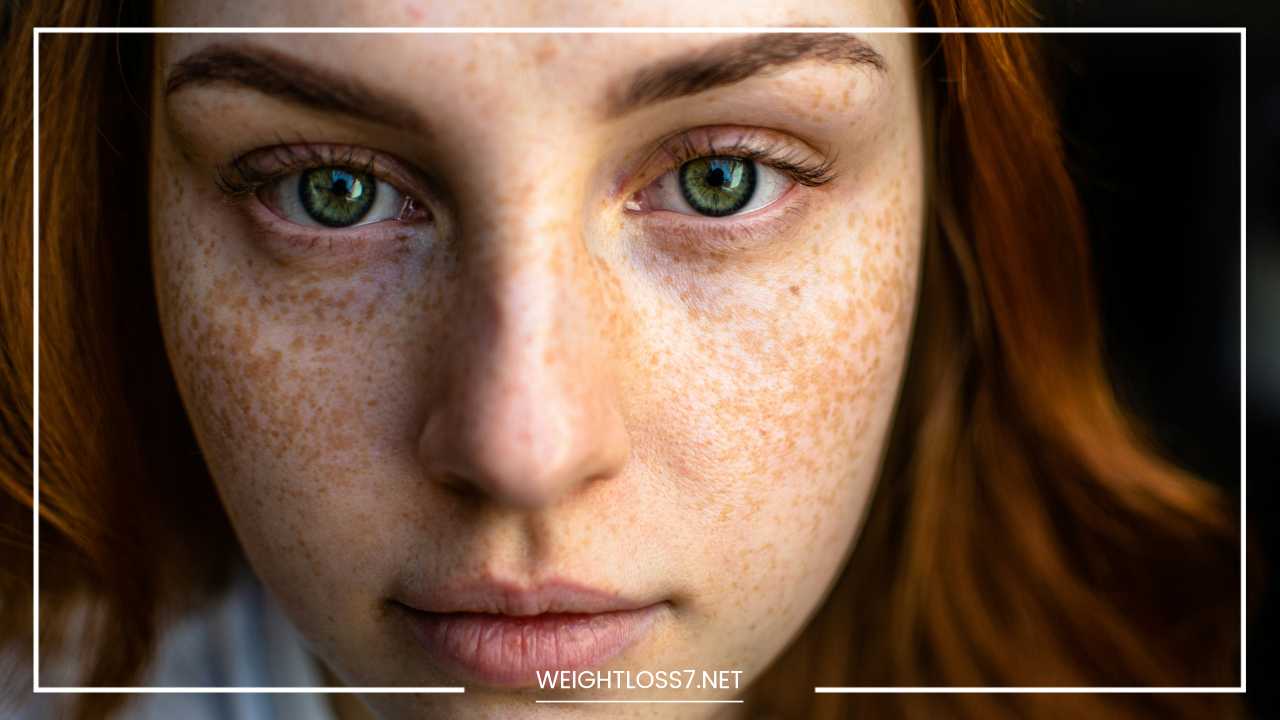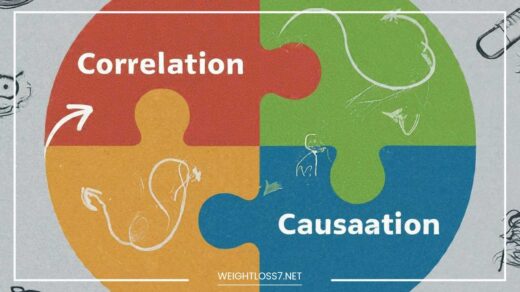Rosacea: Causes, Treatments & Hope

Rosacea
Rosacea: Unveiling the Redness and Finding Relief
Rosacea, often mistaken for acne or a simple case of flushed cheeks, is a chronic inflammatory skin condition that primarily affects the central part of the face. It’s a journey many endure, experiencing redness, bumps, and visible blood vessels.
While it can be a source of irritation and self-consciousness, rosacea isn’t life-threatening and can be effectively managed with the right approach.
This comprehensive blog post dives deep into the world of rosacea, empowering you with knowledge. We’ll explore its various presentations, delve into the potential causes and triggers, and unpack the diagnostic process.
Most importantly, we’ll equip you with treatment options, including medications and lifestyle modifications, to help you achieve clearer, calmer skin and improve your quality of life.
A Spectrum of Rosacea: Recognizing the Different Subtypes
Rosacea isn’t a one-size-fits-all condition. It manifests differently from person to person. Here’s a breakdown of the four main subtypes to help you identify which one you might be experiencing:
-
Erythematotelangiectatic Rosacea (ETR): This subtype is characterized by persistent facial redness, flushing, and visible blood vessels (telangiectasia) on the cheeks, nose, and chin. It might also involve a burning sensation or dryness in the affected areas.
-
Papulopustular Rosacea: Often mistaken for acne, this subtype presents with small, red bumps and pustules (whiteheads with pus) on the central face. It can occur alone or alongside ETR.
-
Pustular Rosacea: This less common subtype features deep, pus-filled bumps that resemble pustules but are typically sterile (don’t contain bacteria). It can cause significant inflammation and discomfort.
-
Granulomatous Rosacea: This rare subtype presents with thickened, bumpy skin, often on the nose. It can develop over time, leading to a bulbous or enlarged appearance (Rhinophyma). While more common in men, it can affect women as well.
Unmasking the Culprit: Potential Causes of Rosacea
While the exact cause of rosacea remains elusive, researchers believe a combination of factors might be involved:
-
Genetics: Rosacea can run in families, suggesting a genetic predisposition. Studies have identified specific genes that may increase susceptibility.
-
Immune System: A malfunctioning immune system is a potential culprit. The body’s natural inflammatory response may be triggered inappropriately, leading to the characteristic redness and bumps of rosacea.
-
Environmental Factors: Sun exposure, extreme temperatures (hot or cold), and strong winds are known to worsen rosacea symptoms. It’s crucial to protect your skin from these triggers.
-
Microscopic Mites: Demodex mites, tiny organisms naturally present on human skin, are being investigated for their potential role in rosacea. An overgrowth of these mites might contribute to inflammation in some individuals.
-
Vascular Dysfunction: Abnormal functioning of the blood vessels in the face might be a contributing factor. This could explain the flushing and the appearance of visible blood vessels.
Identifying Your Triggers: The Rosacea Flare-Up Forecast
Certain triggers can exacerbate rosacea symptoms, causing flare-ups. Here are some of the most common ones to be aware of:
-
Alcohol: Alcoholic beverages, particularly red wine, can cause flushing and worsen redness. Enjoying them in moderation or avoiding them altogether might be beneficial.
-
Spicy Foods: Spicy foods can irritate the skin and trigger flare-ups. If you find your symptoms worsen after indulging in spicy meals, consider reducing or eliminating them from your diet.
-
Certain Medications: Some medications, such as corticosteroids and vasodilators, can worsen rosacea. It’s important to discuss any medications you’re taking with your dermatologist to identify potential triggers.
-
Stress: Emotional stress can be a significant trigger for rosacea flare-ups. Techniques like yoga, meditation, or deep breathing can help manage stress levels and potentially reduce flare-ups.
-
Sunlight: Sun exposure is a major trigger for rosacea. Always wear broad-spectrum sunscreen with SPF 30 or higher, reapply every two hours, and seek shade during peak sun hours (10 am to 4 pm).
Reaching a Diagnosis: How Rosacea is Identified
There’s no single definitive test for diagnosing rosacea. Typically, a dermatologist will diagnose rosacea based on a comprehensive evaluation that includes:
- A Detailed History: Your dermatologist will ask about your medical history, including any family history of rosacea, your symptoms, and their severity.
- A Thorough Skin Examination: They will closely examine your skin, paying attention to the location and type of redness, bumps, and visible blood vessels.
- In Some Cases, Additional Tests: Rarely, your dermatologist might recommend a skin biopsy, where a small sample of your skin is extracted and examined under a microscope, to rule out other skin conditions with similar presentations.
Charting the Course to Relief: Treatment Options for Rosacea
While there’s no cure for rosacea, there are several effective treatment options available to manage symptoms and improve your skin’s appearance. Here’s an exploration of the most common treatment approaches:
-
Topical Medications: These are creams, gels, or foams applied directly to the affected areas. Some commonly used medications include:
- Metronidazole: This medication has anti-inflammatory properties and helps reduce redness and bumps.
- Azelaic Acid: It has antibacterial and anti-inflammatory properties and helps to unclog pores and improve skin texture.
- Ivermectin: This medication helps kill Demodex mites and reduce inflammation.
- Brimonidine: This gel acts as a vasoconstrictor, narrowing blood vessels and reducing redness temporarily.
-
Oral Medications: For more severe cases of rosacea, particularly those with widespread pustules, your dermatologist might prescribe oral antibiotics like doxycycline or minocycline. These medications have anti-inflammatory properties that help control deeper inflammation.
-
Laser Treatment: Laser therapy can be used to target visible blood vessels and improve their appearance. Different types of lasers might be used depending on the severity and type of blood vessels.
-
Light Therapy: Intense pulsed light (IPL) therapy is another option. It delivers pulses of light that target the blood vessels, reducing redness and inflammation.
Beyond Medications: Lifestyle Modifications for Rosacea Management
Incorporating certain lifestyle changes can significantly improve your rosacea management and overall skin health. Here are some key strategies to consider:
-
Sun Protection is Paramount: As mentioned earlier, sun exposure is a major trigger for rosacea. Make sunscreen your best friend. Choose a broad-spectrum sunscreen with SPF 30 or higher, reapply it every two hours, and seek shade during peak sun hours. Consider wearing wide-brimmed hats and protective clothing for added sun protection.
-
Gentle Skincare Routine is Key: Harsh cleansers, scrubs, and astringents can irritate rosacea-prone skin. Opt for gentle, fragrance-free cleansers and moisturizers. Look for products labeled “non-comedogenic” which means they won’t clog your pores. Wash your face twice daily with lukewarm water and pat it dry instead of rubbing.
-
Identify and Avoid Your Triggers: Keeping a diary to track your symptoms and potential triggers can be very helpful. Once you identify what worsens your rosacea, you can take steps to avoid those triggers.
-
Dietary Adjustments Can Help: While there’s no specific rosacea diet, some people find that avoiding spicy foods, alcohol, and dairy products can help manage their symptoms. Experiment and see if any dietary changes make a positive difference for you.
-
Stress Management is Crucial: Stress can worsen rosacea flare-ups. Techniques like yoga, meditation, deep breathing exercises, or spending time in nature can help manage stress levels and potentially reduce flare-ups.
-
Building a Support System: Rosacea can be frustrating, and emotional support can make a big difference. Talk to your loved ones about your condition and how they can support you. Consider joining online support groups to connect with others who understand what you’re going through.
Living with Rosacea: Confidence and Hope
Rosacea can be a journey, but it doesn’t have to define you. With the right knowledge, treatment plan, and lifestyle modifications, you can effectively manage your rosacea and achieve clearer, calmer skin.
Remember, you’re not alone in this. There are millions of people living with rosacea, and there’s a wealth of information and support available. By taking charge of your rosacea management, you can reclaim your confidence and live a fulfilling life.
Beyond the Basics: Unveiling Rosacea Complications and Research Advancements
While rosacea isn’t life-threatening, there can be potential complications associated with it, particularly if left untreated. Here’s a closer look at some of these concerns:
-
Ocular Rosacea: This complication affects the eyes, causing symptoms like redness, dryness, irritation, burning, stinging, and light sensitivity. In severe cases, it can damage the cornea and potentially lead to vision problems.
-
Rhinophyma: This subtype, primarily affecting men, can lead to a thickened, enlarged nose due to excessive tissue growth. While not medically dangerous, it can cause significant cosmetic concerns.
-
Psychological Impact: Rosacea can take a toll on emotional well-being, causing frustration, embarrassment, and a decrease in self-esteem. Social interactions might be avoided due to self-consciousness about the skin condition.
The Evolving Landscape: Research Advancements in Rosacea
Researchers are actively exploring the causes and treatments for rosacea. Here are some promising areas of investigation:
-
The Gut Microbiome: The trillions of bacteria living in our gut are being studied for their potential role in rosacea. Some studies suggest a link between gut imbalances and rosacea flare-ups.
-
The Role of Neuropeptides: Neuropeptides are signaling molecules in the nervous system. Research suggests they might play a role in rosacea by triggering inflammation and blood vessel dilation.
-
Emerging Therapies: New medications and therapies are constantly being developed and tested. Some promising areas include topical JAK inhibitors, which target specific inflammatory pathways, and microbiome-modulating therapies to restore gut health.
Final Word: Empowering Yourself with Knowledge
Rosacea can be a manageable condition. By equipping yourself with knowledge about the different subtypes, potential triggers, and treatment options, you can take an active role in managing your Rosacea and achieving clearer skin.
Remember, there’s no one-size-fits-all approach. Work with your dermatologist to develop a personalized treatment plan that addresses your specific needs and concerns. Don’t hesitate to ask questions and express your preferences.
Embrace a healthy lifestyle that incorporates sun protection, gentle skincare, stress management, and dietary adjustments that work for you. By taking charge and advocating for your well-being, you can navigate your rosacea journey with confidence and live a fulfilling life.
Additional Resources:
- The American Academy of Dermatology: https://www.aad.org/
- The National Rosacea Foundation: https://www.rosacea.org/
Consult a Dermatologist:
If you suspect you have rosacea, it’s crucial to consult a board-certified dermatologist for proper diagnosis and treatment. They can develop a personalized plan to manage your rosacea and improve your skin’s health.
Disclaimer: The information provided in this blog post is for educational purposes only and shouldn’t be construed as medical advice. Always consult with a board-certified dermatologist for diagnosis and treatment of rosacea.

















